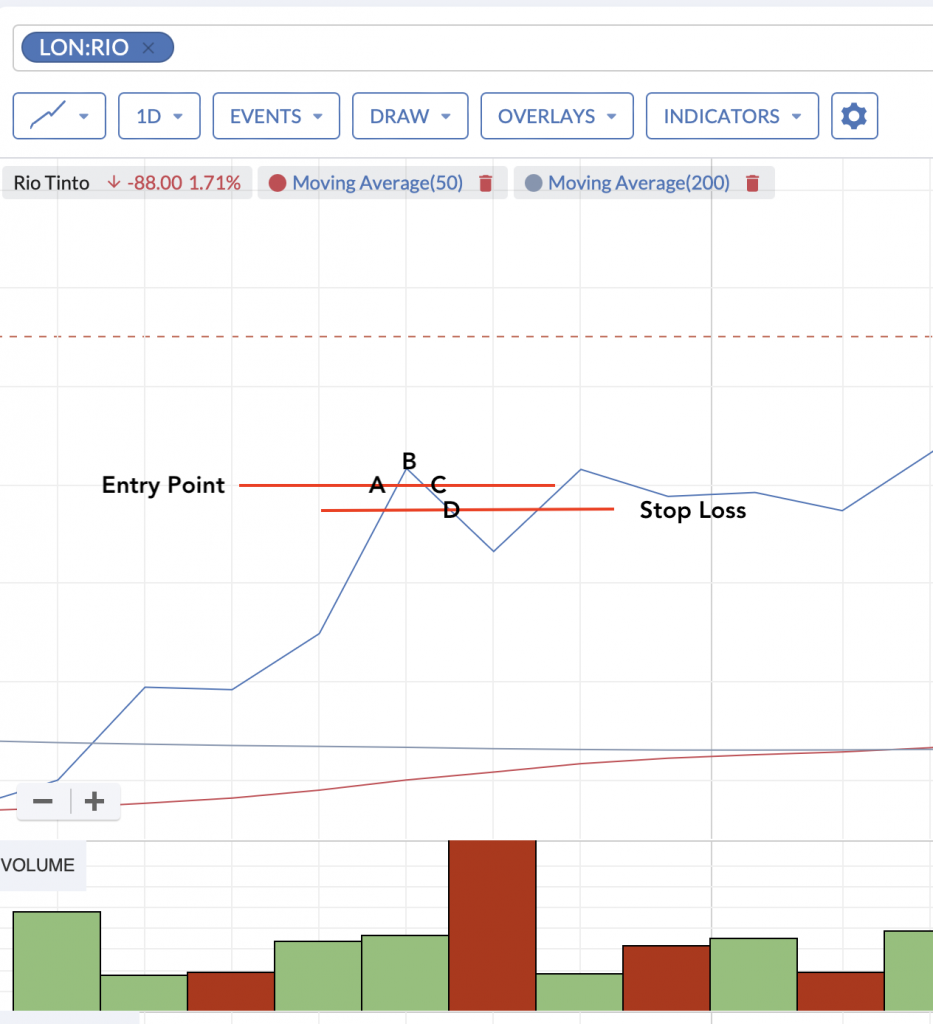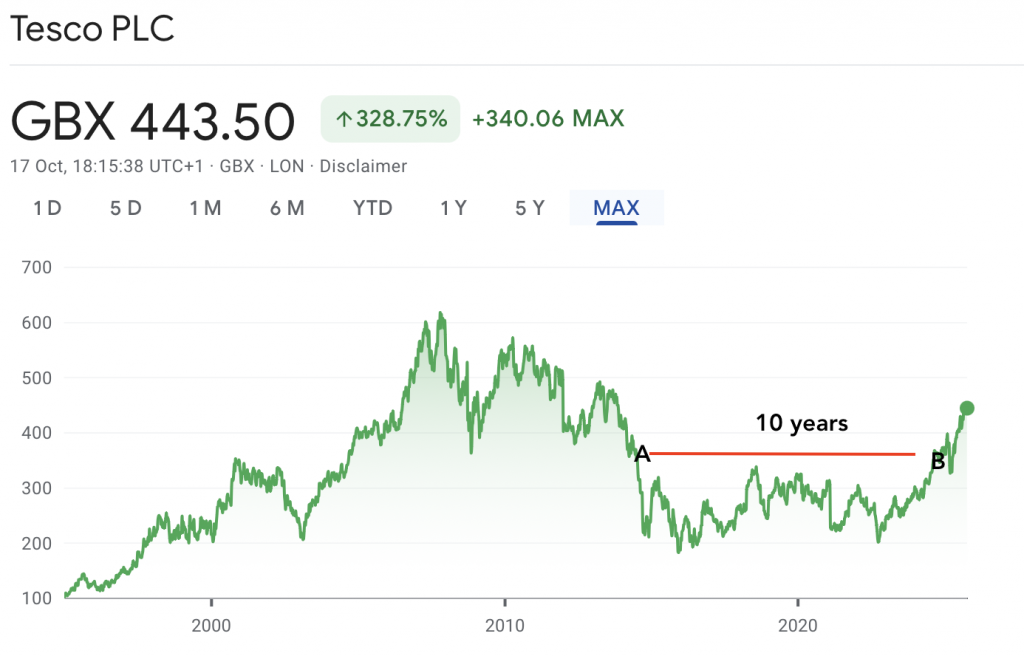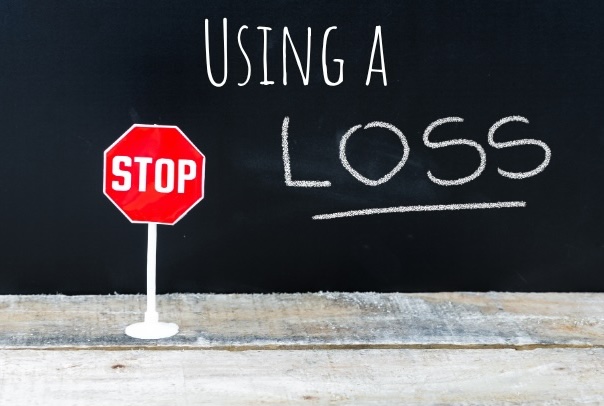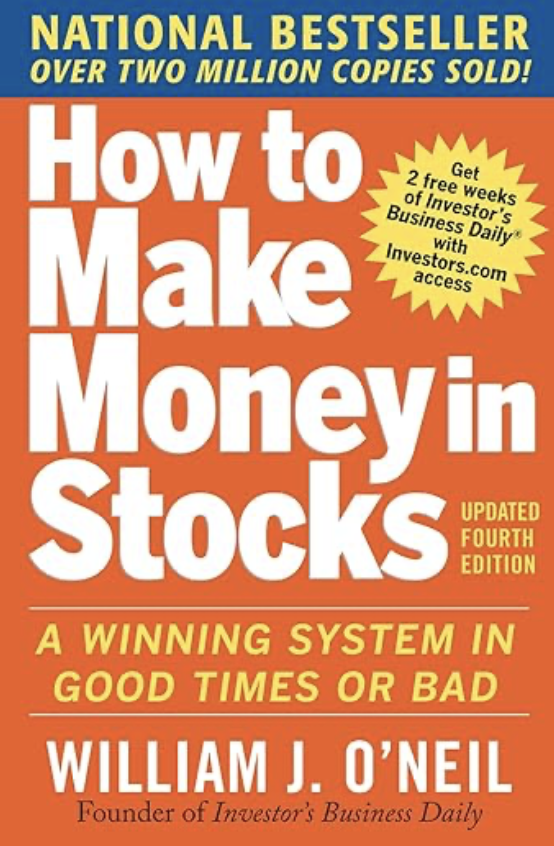What is a stop loss? Humans have conquered the world by not just relying on what mother nature has given us but by inventing tools that we can use to help us. From knives and forks for eating, aeroplanes to transport us around the globe and lasers for corrective eye surgery ( among many uses) etc. A stop loss is a tool we can use in the investing world to help us manage our portfolio more effectively. But what is it?
The day – trading stop loss
The trading day starts when the bell goes at 8AM every morning. In his brokers account Tommy Trader has his float, let’s say 10K, that he uses to place his trades. He looks for signs to enter a trade, he makes a quick buck and then exits. He started the day with no shares, only cash and ends the day with no shares, only cash. Due to the volatility of the market he only places 2% of his float in any 1 trade. This ensures that if he has a bad day, he gets to fight again tomorrow. Placing the whole float or 50% in any single trade (and it doesn’t go the way he would have liked) might wipe him out completely and he goes back to selling ice creams. Stickability is the name of the game. It is simply not possible to be right 100% of the time so if you’re right 6 times out of 10, you’re making money. This is the essence of day trading. You start with 10K at the beginning of the month and if your float is 13K at the end of the month, you take the 3K as income and start again.
Now, due to the nature of the human being it is quite normal to hang on to a losing position in the hope it makes a turnaround. Your ego protects you from mental damage so it’s only natural to convince yourself that you haven’t made a mistake and it will come good at some point. This is professional suicide.
The most famous example of this behaviour is Nick Leeson who collapsed Barings bank in 1995. Yes, his trades were unauthorised and highly speculative but trying to recover losing positions without some kind of brake system just compounds the error and catastrophe is the only outcome. This is where a stop loss come into play. Take a look at the chart for Rio Tinto. Tommy may decide that his entry point is at point A. It rises to point B before reversing back to his entry point C and continues downwards. He is now in negative territory and has no idea how far it is going to go so he places a stop loss at point D ( where his automatic trading platform sells his position.)

The whole point of trading is to stay in the game when you’re losing. If you’re 2-nil down in a game of football, it is fool hardy to ignore your defence and go all out to get three goals. If you do that you could end up 5-nil down and it’s game over. A stop loss is a mechanism that secures the holes at the back which gives you half a chance of staying in the game.
For years I have ignored using the stop loss technique in my investing world arguing, rightly or wrongly, that stop losses are for traders that need to get in and out of positions quickly and they are not needed for a long term strategy. Why would you need to use a stop loss if you don’t need the money fairly soon and you can ride the waves of downturns? Should you have invested in the company if it wasn’t your firm belief that in 5 years time it was going to be twice as big and twice as profitable as it it is today irrespective of the ups and downs of the share price?
William O’ Neil – How to make money in Stocks
That was, however, until I read this book by William O’Neil. Every successful fund manager has written about stock market investing and by and large they all repeat the same mantras. Invest long-term, look for quality and value, make sure there’s plenty of cash, debt levels are being controlled and that the products aren’t going to become obsolete any time soon. In each book however there are a few takeaways that are unique to that persons own thinking.
Whilst he acknowledges that stop loss’s are primarily a tool used by traders to mitigate any large and potentially damaging loss to the account, they can be used in investing terms to do the same thing.
Until a company offers us some news about what’s going on inside the doors we are all swimming in the dark to some degree so when a company issues bad news or even the speculation of bad news, fund managers reactions are severe. Panic sell-off occurs to a staggering degree; sometimes 25%-40% drops in share prices overnight are not uncommon. William O’Neil’s argument is that it would be a good idea to add a mental stop loss around the 8% mark to limit the damage.
Recovering from a 40% drop in share price would need a 50% rise to bring the investment back to profit which is a huge rise by any stretch. Cutting your losses at 8% would give you an opportunity to recoup that loss much more easily on the next investment. 8% rises are much more common than 50% ones. Another factor to consider is that whilst a 40% drop in share price is achievable for companies that are big enough and ugly enough to keep on fighting it might take some time and time is something us humans don’t have much of.
One such occasion where I could have used this tactic to good effect was after entering Tesco at point A. The theory that a good company will always come back holds true in this case but 10 years is a long time to wait. If I had pulled the position at an 8% stop loss I could’ve maybe recouped a lot sooner than 10 years. Hey ho, I was young and hadn’t come across stop losses at that point so I’ll take it on the chin and move on.

Using a stop loss – Conclusion
The biggest fear in stock market investing is losing everything. The fear I see on peoples faces when I suggest learning to invest in the stock market is somewhere between death defying horror and death defying horror. If the biggest fear is losing everything why not add a stop loss technique. If your judgement is slightly off all you can lose is 8%. Doesn’t have to be 8%. You could set it at 5% if that makes you feel more comfortable. The point is that you can regroup, understand why it didn’t go to plan and you’re still in the game.
My job now is to look back at all the positions I held when I could’ve used a stop loss and see if would have been better off now if I had of used it. Could be interesting. My next blog describes Dhandho investing. HEADS I WIN BIG, TAILS I DON’T LOSE MUCH.



0 Comments